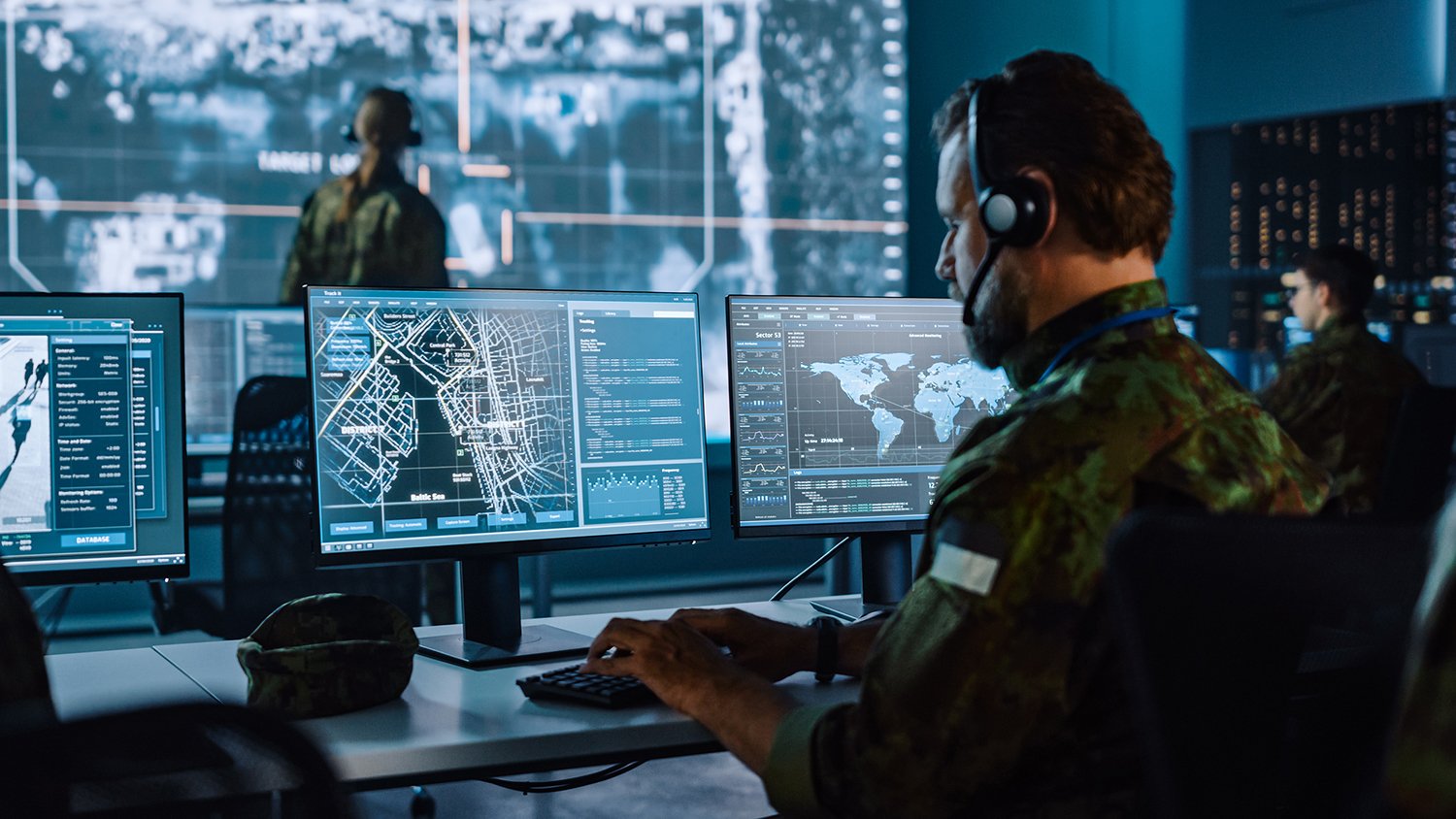Protect Yourself from Deepfakes
Did you see that? Beware of Viral Videos When Russia began its invasion of Ukraine, Ukrainian President Volodymyr Zelenskyy warned the world about...

PAR Government’s products and solutions are meant to keep the warfighter, first responder, and others focused on the mission. For more than 50 years, PAR Government has brought data to-the-edge, helping those on the front lines improve operational effectiveness, and allowing U.S. Forces to defend our nation quickly and safely.
What is Data Science?
At some point as a student, most likely in science class, you were asked to graph the weight and height of your classmates. Collecting that data, you would see a pattern form. If someone was tall, they’d likely weigh more than someone who is shorter and vice versa.
That is rudimentary data science.
In today’s fast-paced environment, computers sift through thousands of data sources sometimes containing billions of data items. The machines find patterns more complex than what we’d be able to find ourselves. This is a specialty that PAR Government has been honing since its founding more than 50 years ago.
“Humans are pretty good at recognizing simple patterns,” Dr. Scott Grigsby, Director of Data Science at PAR Government, said. “But with computers and algorithms, you eventually find patterns in massive terabytes of data that we can’t find ourselves. That is the core of data science, the gathering, visualizing, analysis, and predictions, allowing human understanding of the data.”
PAR Government excels in the areas of predictive analytics, machine learning, media forensics, and high-performance computing. It makes sense considering the origin of our company name – PAR – which refers to Pattern Analysis and Recognition. Our early business was primarily Government-sponsored research and development (R&D) contracts in pattern recognition, artificial intelligence, and machine learning.
We received numerous Government R&D contracts – developing algorithms and finding and classifying patterns in signal data (acoustic, radar, and seismic), aerial and satellite imagery, and alphanumeric printing. Our employee base expanded thanks to contracts with the Department of Defense (DoD) and Intelligence Agencies. In fact, we developed the On-Line Pattern and Analysis System (OLPARS), considered the foundation for numerous applications that recognize speech, optical characters, acoustic, and seismic patterns. It also aids in the detection of military targets in aerial and satellite imagery.
What enables Data Science?
Data Science goes together with machine learning, and that’s because even the best learners need guidance.
“Machine learning is all about the data,” Dr. Grigsby explained. “Machine learning algorithms learn from the data they are given. To develop more robust, flexible, and unbiased algorithms, it takes cleaner, better curated data sets to learn from. It also takes the ability to pull important relevant features from all sorts of data – text, audio, images, and video.”
“We continue to improve our techniques and skills to not only get a better handle on both the curation and use of extremely large ‘big data’ data sets – where the problem is having more data than you can realistically look at – to the other extreme of applications that have very little inherent data to work with,” Dr. Grigsby continued. “For the latter, the need is to develop targeted data sets that can train machine learning algorithms as efficiently as possible.”
What are the benefits of Data Science?
In the areas of data science and machine learning, one of PAR’s specialties is curating large multi-media data sets and algorithms to support machine learning. This includes sourcing representative open-source, high provenance data, as well as our own synthetic data production.
Our work curating large data sets for media forensics helps:
For machine learning as well as data curation, benefits include:
Why choose PAR Government?
With the growing importance of data and data science, PAR is well positioned to play a significant role in the future. We have a range of easy-to-use task order contracts and Basic Ordering Agreements that can facilitate our data sciences services. By letting us handle machine learning and data requirements, you and your team remain mission focused.

Did you see that? Beware of Viral Videos When Russia began its invasion of Ukraine, Ukrainian President Volodymyr Zelenskyy warned the world about...

As the technology capabilities available to first responders improve and expand, mobile device and app usage for geospatial awareness is increasing...

When you depend on situational awareness don’t take chances. Sure, you can set up TAK, and set up your own server. Or you can choose the experts at...